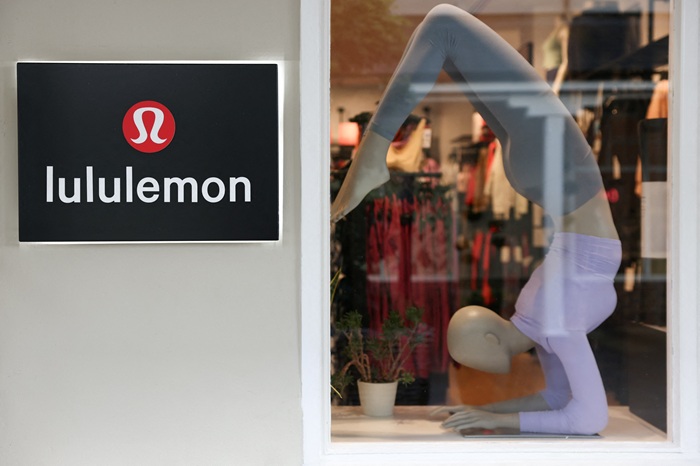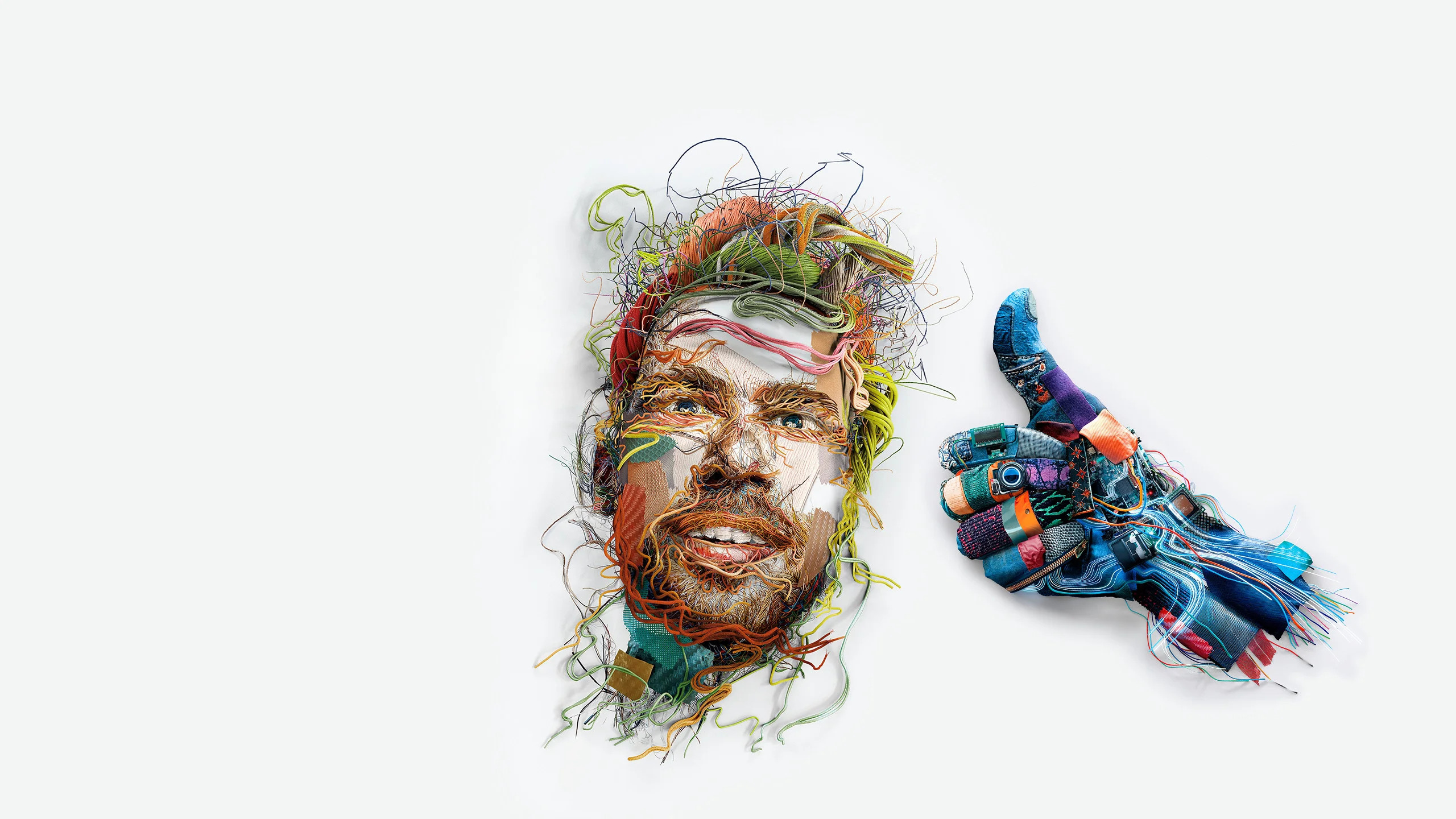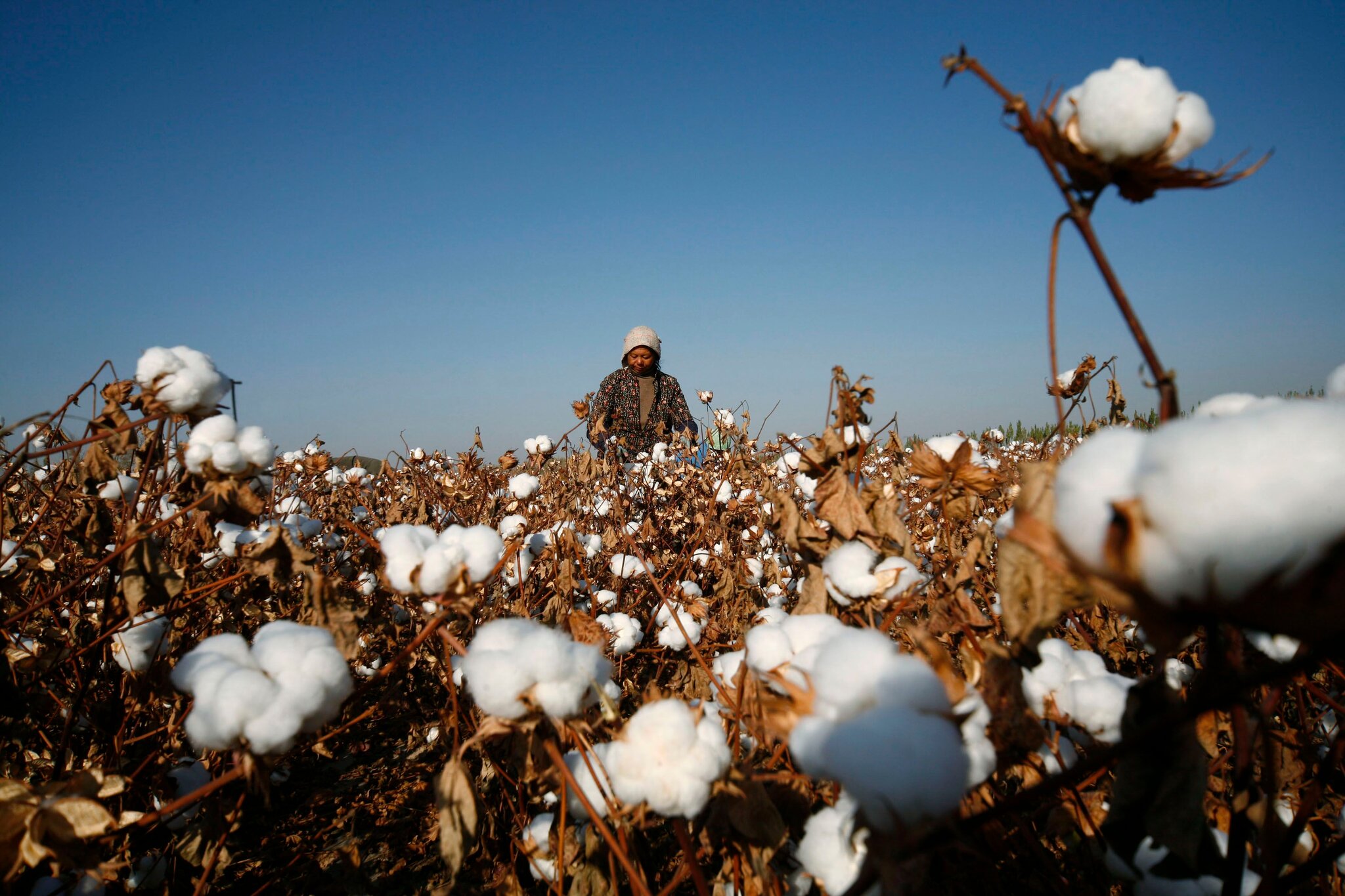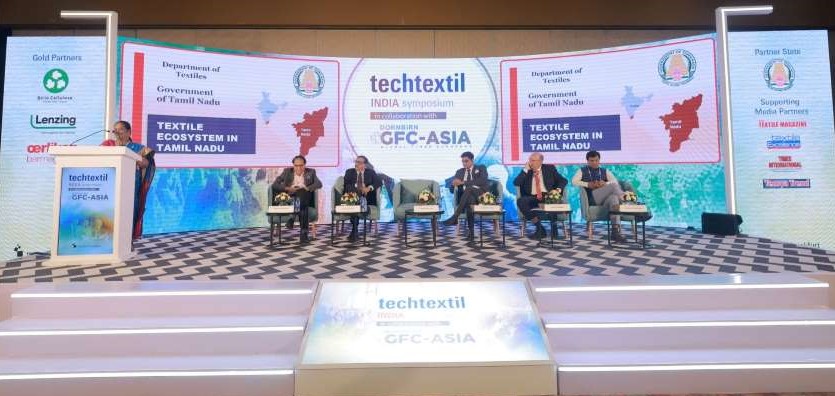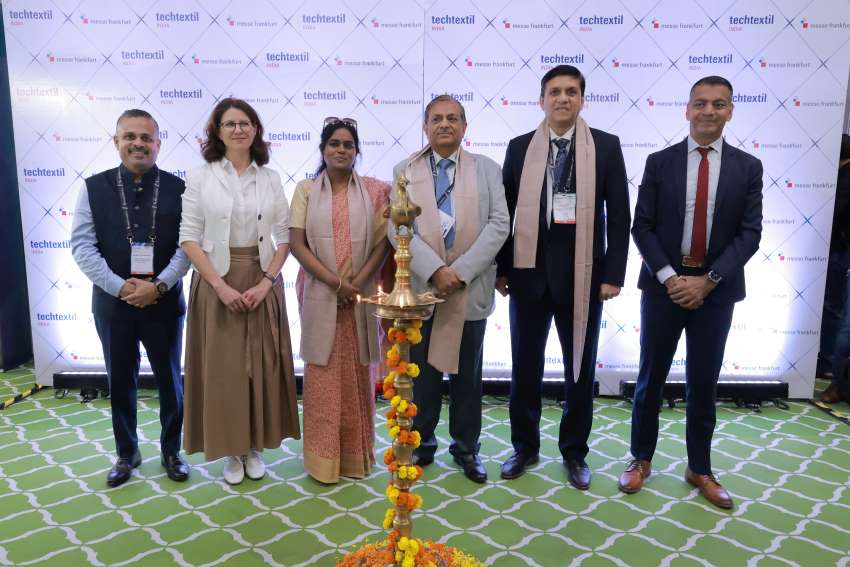FW
Recently renamed as Boohoo, the Debenhams Group plans to expand into the US market by striking deals to launching its British fashion brands on the online marketplaces of major American department stores including Macy’s, Bloomingdale’s, and Nordstrom.
The tie-up allows the Debenhams Group to list popular UK labels - including Coast, Warehouse, Oasis, Nasty Gal, and Karen Millen - on these US retailers' digital platforms. The Debenhams Group states, the three online marketplaces collectively attract over 350 million shoppers monthly, giving the British brands an unprecedented level of exposure.
Dan Finley, CEO, Debenhams Group, champions the move as a critical step in their global strategy. Through these partnerships, the Group’s labels will now be in front of millions of potential shoppers across the US giving British fashion an unprecedented platform in one of the world’s largest retail markets, he says.
The company has already reported encouraging early signs, noting immediate customer engagement across its brand portfolio on Bloomingdale’s and Nordstrom. Macy’s reportedly launched a dedicated marketing campaign for the introduction of Nasty Gal on its site.
The deals were facilitated by Refined Networks, an organization specializing in helping fashion and lifestyle brands scale internationally through online marketplaces.
This aggressive international expansion comes at a difficult time for the Debenhams Group, which is undergoing a major turnaround led by Finley amid mounting financial challenges.
During the year ending February 28, the company widened its pre-tax loss of £263.3 million (up from a £146.4 million loss the previous year), with revenues declining by 17 per cent to £1.22 billion.
To address these issues, the business has secured around £50 million in annual savings and cut its staff headcount by 30 per cent. In August, the company also announced plans to sell its popular PrettyLittleThing brand as part of the operational overhaul.
The Debenhams Group is also engaged in an increasingly public and bitter dispute with the Mike Ashley-owned shareholder Frasers Group, which holds a near-29 per ecnt stake. Frasers recently voted against a number of resolutions at the Debenhams annual general meeting, signaling its dissatisfaction with the company’s performance, which has seen its share value plummet by more than half over the past year.
United Kingdom’s premier fashion sourcing trade show, Source Fashion is launching a new retro-inspired brand identity ahead of its next edition, scheduled for January 12–14, 2026, at Olympia London.
The core of the rebrand is the 2026 creative theme, ‘Analogue Futures,’ developed in partnership with official fashion trend partner Trend Suite, founded by trend forecaster Tiffany Hill.
This theme is a manifesto, championing authenticity, slowness, community, and creativity as a counter-reaction to the increasingly automated and digital world. Aesthetically, the theme draws heavily on 1980s and 1990s nostalgia and aims to bring together global makers, designers, and retailers to explore fashion as a form of activism and expression through real human connection.
At a time when algorithms, polished pixels, and automation dominate, ‘Analogue Futures’ celebrates a growing creative movement that values imperfection, tactility, and genuine connection. The show reflects broader cultural trends - like the resurgence of film cameras, vinyl, and repair cafés - that are rejecting the ‘frictionless feed’ in favor of slower, more human ways of creating.
Suzanne Ellingham, Event Director, Source Fashion, says, Analogue Futures' is about valuing moments, memories, and creativity that lasts longer than a scroll. This really speaks to the mindset of slowing down, thinking about what we buy, how we make... It taps into degrowth models, reducing volumes, valuing what we make, and who makes it.
The new brand identity reinforces Source Fashion’s commitment to community, moving away from mass attention and quick transactions. Visitors to the January 2026 show can expect bold, retro aesthetics and analogue design cues woven into experiences across the floor.
Beyond the main exhibition, the 2026 edition will feature expanded community-building initiatives, including retail safaris, industry mixers, and collaborative content partnerships. By embracing imperfection and prioritizing people over technology, the "Analogue Futures" theme serves as a rallying call for the fashion industry to be more human, more sustainable, and more real.
A major global supplier of regenerated cellulosic fibers, Lenzing AG has unveiled a refined strategy to solidify its competitive edge amidst ongoing challenges in the textile and nonwovens markets and shifting geopolitical landscapes. The company aims to strengthen its agility, resilience, and cost structure, focusing on long-term value creation to maintain its position as a global leader in sustainable cellulosic fibers.
The strategy centers on three main pillars: prioritizing high-performance fibers, enhancing operational efficiency, and optimizing its asset footprint. Rohit Aggarwal, CEO, states, 2025 is a year of ‘continued execution,’ building on the company's ability to increase profitability even in a volatile environment.
Lenzing is strategically pivoting toward higher-margin, premium branded fibers like Tencel, Veocel, and Lenzing Ecovero, while gradually moving away from lower-margin commodity segments. This premiumization strategy includes a strategic review, potentially leading to the sale of its Indonesian production site.
Growth will target not only established areas like denim and home textiles but also expansion into high-value applications such as hygiene, packaging, filtration, medical, and industrial uses. To capture growing demand for renewable nonwoven fibers, the company will selectively shift production capacity from textile to nonwoven applications. Furthermore, Lenzing will intensify application-driven innovation through strategic customer partnerships and strengthening its application innovation centers.
To combat a weak market recovery, low generic fiber prices, and rising input costs, Lenzing is implementing aggressive efficiency measures. These measures include a significant reduction in its Lenzing-based headquarters headcount by approximately 300 employees by the end of 2025, primarily in overhead functions, aiming for over €25 million in annual savings from 2026.
Strengthening its presence in Asia and North America, will help reduce headcount by 300 by 2027 -end. Combined, these two measures are expected to deliver annual savings of more than €45 million.
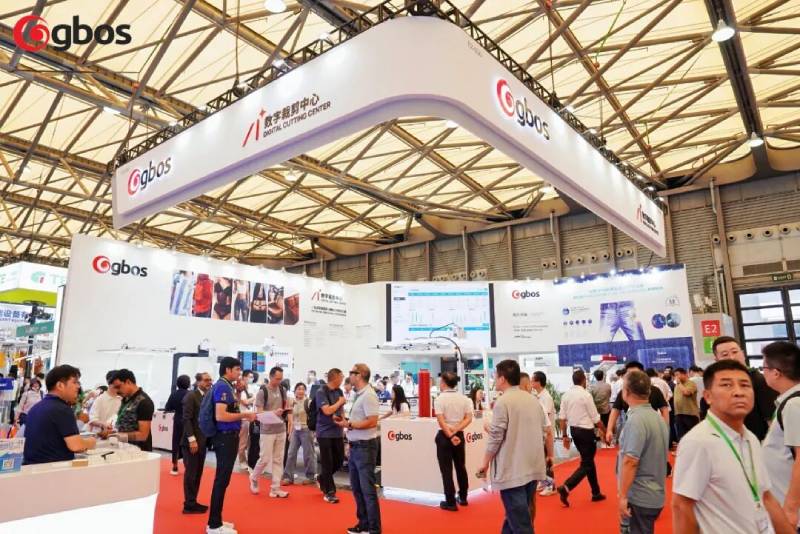
The future of apparel manufacturing is here, and it’s smarter, faster, and more integrated than ever. This was the overwhelming takeaway from the recent China International Sewing Machinery & Accessories Show (CISMA), a massive showcase of innovation that highlighted the global industry's rapid shift from manual labor to automated, data-driven production. The exhibition, spanning over 40 acres, featured more than 1,600 exhibitors, almost exclusively from China, demonstrating a new era of "intelligent sewing."
The rise of the ‘Smart Factory’
At the heart of CISMA's new developments was the commoditization of complexity. Exhibitors unveiled a wide range of machines and integrated systems designed to perform multiple operations at a single workstation. This approach significantly reduces the need for human intervention, boosting productivity and cutting down on the number of operators required per garment. Technologies on display included:
● Template-based sewing: Machines pre-programmed to follow intricate patterns, combining multiple sewing steps into a single, seamless operation.
● Camera-based automatic sewing: Using visual AI to detect and guide fabric in real-time, ensuring millimeter-perfect precision and consistent quality.
● AI and robotics: Robotic arms and AI-powered systems handled everything from fabric cutting and material handling to sorting and final assembly, creating a highly efficient, automated workflow.
● Single-layer cutting: Advanced cutting tables, utilizing visual AI, now perform single-layer cuts with extreme accuracy, minimizing waste and enabling on-demand, customized production.
● Automated embroidery: Machines capable of replicating the intricate work of hand embroidery with digital precision. Some of these machines even use thread printing technology, eliminating the need for constant thread changes by printing colors directly onto a single base thread.
Data, efficiency, and the new reality
A key theme at CISMA was the power of data. The exhibition floor was a testament to the Internet of Things (IoT) in manufacturing, with machines, workstations, and entire production lines linked by a network of sensors and software. Factory-wide dashboards provided live, accurate data on every operation, allowing managers to monitor productivity, track material flow, and identify bottlenecks in real-time. This level of oversight and control is critical for optimizing production and responding quickly to changing demands.
The impact of these technological leaps is profound. Experts at the exhibition estimated a 40% reduction in the Standard Allowed Minutes (SAM) per garment, a critical metric for production efficiency. This is coupled with a dramatic 60-70% drop in automation costs, making advanced technology more accessible than ever before. For an industry that has long relied on low-cost labor, this presents a paradigm shift. With AI-driven machines now capable of stitching a T-shirt from start to finish with a single operator, the cost of production in highly automated factories is becoming competitive with, and in some cases even cheaper than, production in countries with traditionally low wages.
The Global Implications: Cheap labor is a liability
The developments at CISMA highlight a stark reality for the apparel industry worldwide: cheap labor is no longer an asset but a liability. The technologies showcased—which have been in development for years—have now been perfected and scaled to a point where they are becoming the industry standard. As automation and AI make labor less of a factor in production costs, countries and companies that fail to adopt these advancements will struggle to compete on productivity, efficiency, and quality.
The exhibition served as a wake-up call, demonstrating that the question for the modern apparel industry is no longer "Can we afford to automate?" but rather, "Can we afford not to?" The industry's future is defined not by the number of hands on the factory floor, but by the intelligence and interconnectedness of the machines they operate.
A global textile leader with a 220-year history, WestPoint Home officially launched the Phase 1 of its towel production line at its advanced manufacturing complex in the Kingdom of Bahrain. This expansion strengthens the company’s economic footprint and makes the facility the Middle East's only single-site manufacturer of both high-quality linens and towels.
The new line represents an additional $5 million investment into WestPoint Home’s Bahrain operations. Since establishing its presence in the country in 2006, the company has invested over $165 million, underscoring its commitment to manufacturing excellence and promoting tAbdulla bin Adel Fakhro, he ‘Made in Bahrain’ brand internationally.
The inauguration ceremony was attended by dignitaries including Abdulla bin Adel Fakhro, Minister of Industry and Commerce and Noor bint Ali Alkhulaif, Minister of Sustainable Development. Elizabeth Litchfield, Chargé d'Affaires, US Embassy in Manama, noted, US investment from WestPoint Home has supported innovation and benefited the US-Bahrain manufacturing sector for nearly two decades.
The new production line adds the capacity to manufacture premium towels, bathrobes, and bathmats alongside the company’s existing premium bedding and home textiles. Built with sustainability in mind, the facility is designed for reduced environmental impact. Phase 1 is expected to produce 4 million towels annually.
From its vertically integrated Bahrain complex - which handles everything from spinning and weaving to finishing and stitching - WestPoint Home supplies major global markets, including the US, UK, Europe, and the GCC. The company has already exported over $1 billion in products to the United States alone and produces textiles for leading customers like Ralph Lauren, Marriott, and Amazon.
The expansion also deepens WestPoint Home's contribution to local employment. The company currently employs about 1,300 people in Bahrain, including nearly 101 Bahraini nationals in key corporate and technical roles, reinforcing its standing as a major local employer.
Terming the launch as a ‘proud milesone,’ Jonathan Storie, President and CEO, WestPoint Home, says, the expansion is facilitated by Bahrain’s business-friendly environment, modern infrastructure, and supportive government partnerships. The investment advances their global customer service capabilities while creating new opportunities for their local workforce, he adds.
Looking ahead, the company also plans to launch the Phase 2 of the towel production line, Subject to the conclusion of negotiations for a GCC–UK Free Trade Agreement (FTA), the project allow WestPoint Home to significantly expand its exports and sales into the UK market.
Japanese clothing giant Uniqlo plans to expand its European operations by opening its maiden store in Prague, Czech Republic, according to the Czech business newspaper Hospodářské noviny (HN).
Currently operating in 11 Western European countries, Uniqlo is actively looking for a prime location in Prague’s city center.
According to Tomáš Beránek, CZ Retail Advisors, the launch is likely to happen after 2026, citing the time required to secure a suitable site and complete necessary renovations.
Uniqlo's entry into Prague is a major step in its broader European strategy. The brand has zeroed in three potential locations for the flagship store. These include the Hybernia Palace on Náměstí Republiky, the former Komerční banka (KB) headquarters at 33 Na Příkopě Street and the Children’s House also on Na Příkopě Street.
The Spring-Summer 2026 season of Paris Fashion Week officially launched with shows from Saint Laurent and Weinsanto. Almost a dozen major brands are set to unveil their new collections under new creative directors at this event.
The biggest attraction of the event is the debut collection from Matthieu Blazy for Chanel. This 41-year-old Franco-Belgian designer faces the challenging task of following Virginie Viard, who successfully kept the brand’s momentum high after the passing of the legendary Karl Lagerfeld in 2019. Having first gained attention at Maison Margiela, Blazy will present his collection on October 6.
Other high-profile debuts to feature in this event include Jonathan Anderson, who will present his first women’s collection for LVMH-owned Dior on October. Taking the reins at Balenciaga, Pierpaolo Piccioli will succeed the provocative, streetwear-focused Demna and Duran Lantink will step in as the first permanent artistic director for Jean Paul Gaultier since the founder retired in 2020.
Other first-time collections include Jack McCollough and Lazaro Hernandez at Loewe, Miguel Castro Freitas at Mugler, and Mark Thomas at Carven.
The event will also feature the second collections from major designers including Sarah Burton for Givenchy, Glenn Martens for Maison Margiela, and Haider Ackermann for Tom Ford. Established houses like Louis Vuitton and Hermès are also presenting, alongside the return of labels like Celine and Thom Browne.
Separately, Victoria Beckham will showcase her latest designs on October 3, just before her new Netflix documentary airs, further adding to the week’s buzz. This dense schedule promises a Fashion Week ‘without downtime.’
Womenswear and lifestyle label, Club L London has launched its maiden collection on Middle East's premier luxury e-commerce platform, Ounass. A crucial step in the brand’s global expansion, this move strengthens its formal presence in the region’s premium retail market.
From its Emimence collection, Club L London features a curated selection on the platform offering exclusive styles that showcase its signature elevated occasionwear and modest-inspired silhouettes.
The brand plans to design future seasonal edits specifically for the Middle East. Furthermore, it aims to invest in the region through influencer collaborations, pop-up experiences, and targeted campaigns.
Katie Randev, Founder and CEO, Club L London, states, the brands’ partnership with the luxury fashion platform Ounass reflects a strong market demand. Being part of this curated platform reflects the strength of the brand’s customer base and the appetite for elevated occasionwear across the region, she adds.
This launch follows a landmark year for the brand, which saw impressive international expansion and revenue growth, including more than 300 per cent Y-o-Y growth in the Middle East region alone. With 10 international websites now live, including dedicated sites for the UAE and Germany, the business is scaling rapidly, confirms Ramdev.
Voicing strong concerns regarding proposed restrictions on per- and polyfluoroalkyl substances (PFAS) in apparel to the New York State Department of Environmental Conservation (DEC), American Apparel & Footwear Association (AAFA) has urged the department to reconsider the extremely low proposed limits and to explicitly exempt products made with recycled materials.
The DEC’s proposal suggested setting limits as low as 25 parts per billion (ppb) across ten specific PFAS substances for all apparel products and components. Chelsea Murtha, Senior Director-Sustainability, AAFA, argued this is not only inordinately expensive but is also inconsistent with other state laws. Testing for multiple specific analytes at such granular levels on every component, from zippers to screen prints, would create a tremendous strain on both manufacturers and the department’s resources.
To promote a simpler, more unified regulatory landscape, the AAFA suggested, New York mirror California by adopting a single limit for Total Organic Fluorine (TOF). They recommend a TOF limit of 50 ppm, noting that a recent Notre Dame study found that a TOF result of less than 100 ppm indicates PFAS were not intentionally added. This TOF-only approach, which measures the total amount of organically bound fluorine, is preferred as low concentrations of specific PFAS analytes pose a low chance of exposure and may be present as unintentional trace contamination. The AAFA also requested that companies be allowed to provide evidence to rebut the presumption of intentionally added PFAS if they exceed the TOF limit.
Furthermore, the AAFA strongly advocated for the explicit exemption of products made with at least 50 per cent recycled content from the PFAS regulation. This is critical for promoting the DEC’s stated goal of creating a circular economy. Citing the Apparel and Footwear International RSL Management (AFIRM) Group, AAFA noted, it's currently not ‘economically viable’ for recyclers to sort out products containing PFAS, making a recycled content exemption necessary to enable the industry's shift toward sustainable and circular production.
Apparel imports by New Zealand slowed to 2.81 per cent Y-o-Y to NZ$1.425 billion during the January–August 2025 period. Imports of knitted or crocheted garments increased by 3.6 per cent during this eight-month period while non-knitted apparel imports experienced a 1.8 per cent modest rise. Fabric imports by the country grew by 22.5 per cent during the period.
However, New Zealand registered a 4 per cent Y-o-Y decline in apparel imports in August 2025 compared to the corresponding month in the previous year. Despite this dip, overall import trend indicates, the market remains resilient with imports projected to meet or slightly surpass 2024 levels, reflecting consistent consumer demand in the country.


